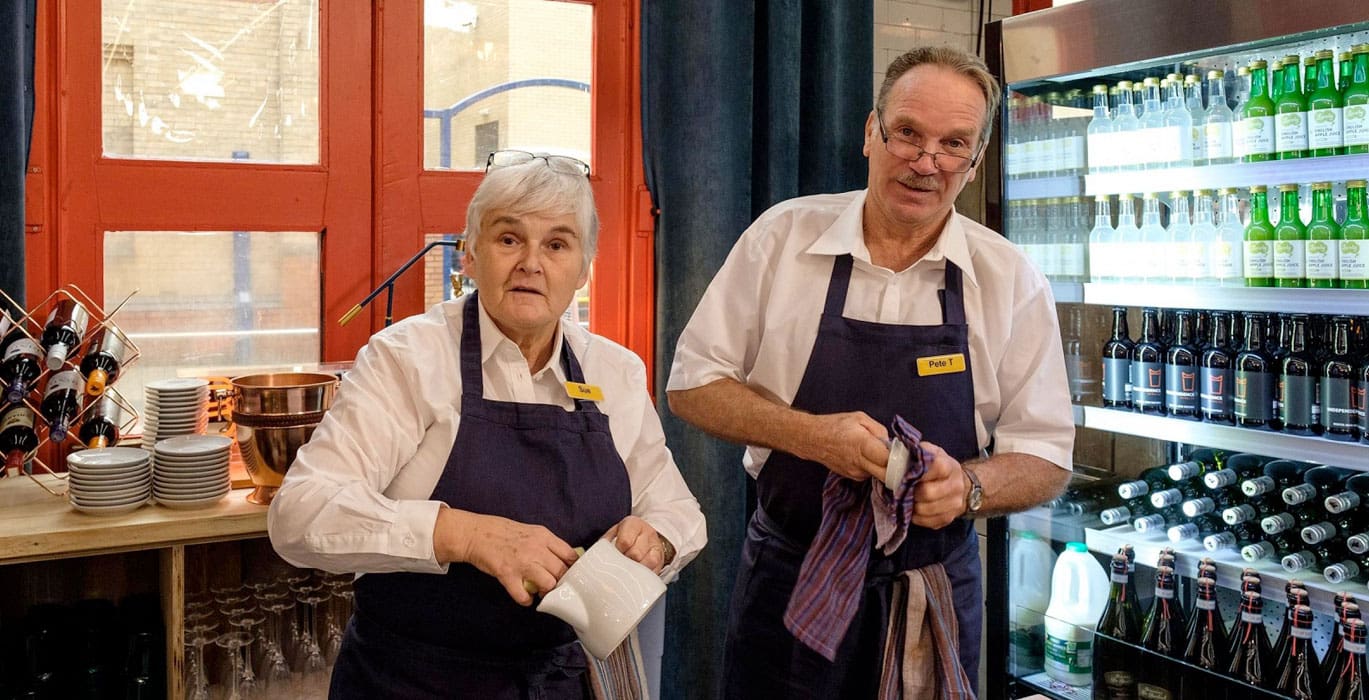resource to identify gestures which people with dementia used to punctuate, accentuate and supplement their verbal communication.
Introduction
The Good Care Group and the Contented Dementia Trust work closely together developing practice based evidence to support outcomes for people with dementia. We recently explored the concept of using gesture to improve communication between carers and people with dementia at all stages in their journey.
Close observation of body language, notably gesture, can lead to a practical way of supporting idiosyncratic communication with the person with dementia. Non verbal communication is often analysed in dementia care when behavioural challenges present. However, there is a paucity of available literature exploring how idiosyncratic use of gesture by the person with dementia when operating in a state of well-being.
Our Aim
To use a combination of life history work and an individualised tool called SPECAL Observational Tracking (SPOT) to identify gestures which people with dementia used to punctuate, accentuate and supplement their verbal communication. We aimed to use these tools to establish ways of reflecting the person’s gestures on key topics, to enable a mutually understandable, sustainable, idiosyncratic language to be developed between care givers and the person with dementia, which would keep pace with changing verbal and cognitive abilities as dementia progressed. We hoped that this would enable lines of communication to remain open between the person with dementia and those supporting them right to the very end of life.
The Power of A Gesture
Gesture is used unconsciously used by every human being to emphasise their narrative. People with dementia are no different. It is important to avoid data overload when communicating with people with dementia, and often a gesture can speak a thousand words; conveying a complex message with simplicity. As dementia progresses, using the idiosyncratic gesture of the person with dementia to convey messages enables sustainable communication and avoids a data overload for a person for whom cognition is declining in terms of new factual information.
Care managers and professional care workers were trained to use tools designed to maximise rehearsal of positive experience by the person from their past and to record gestures which conveyed a significant relevance. These gestures were then used to accentuate and emphasise communication with the person with dementia. In time the use of gestures overtook the verbal narrative and provided a simple way of transferring information – less being more.
Results were positive and focus on the finest hour stories as told by the person with dementia together with close carer observation of accompanying gesture. The carer’s subsequent inclusion of such gestures within their own communication around activities of daily living was beneficial. Provided that carers were well versed in conversational and observational techniques, over time the gestures became self-supporting and carers were able to use more gestures and less words which conveyed a meaning to the client that persisted even at end of life, when verbal skills were reduced. A gradual shift toward fewer words from the carer and greater use of gesture enabled sustainable communication at end of life.
If you would like to find out more from the case study, or think it could be of use to you, please download a copy of the PDF below.
A Gesture Speaks A Thousand Words Can be viewed by clicking here!



